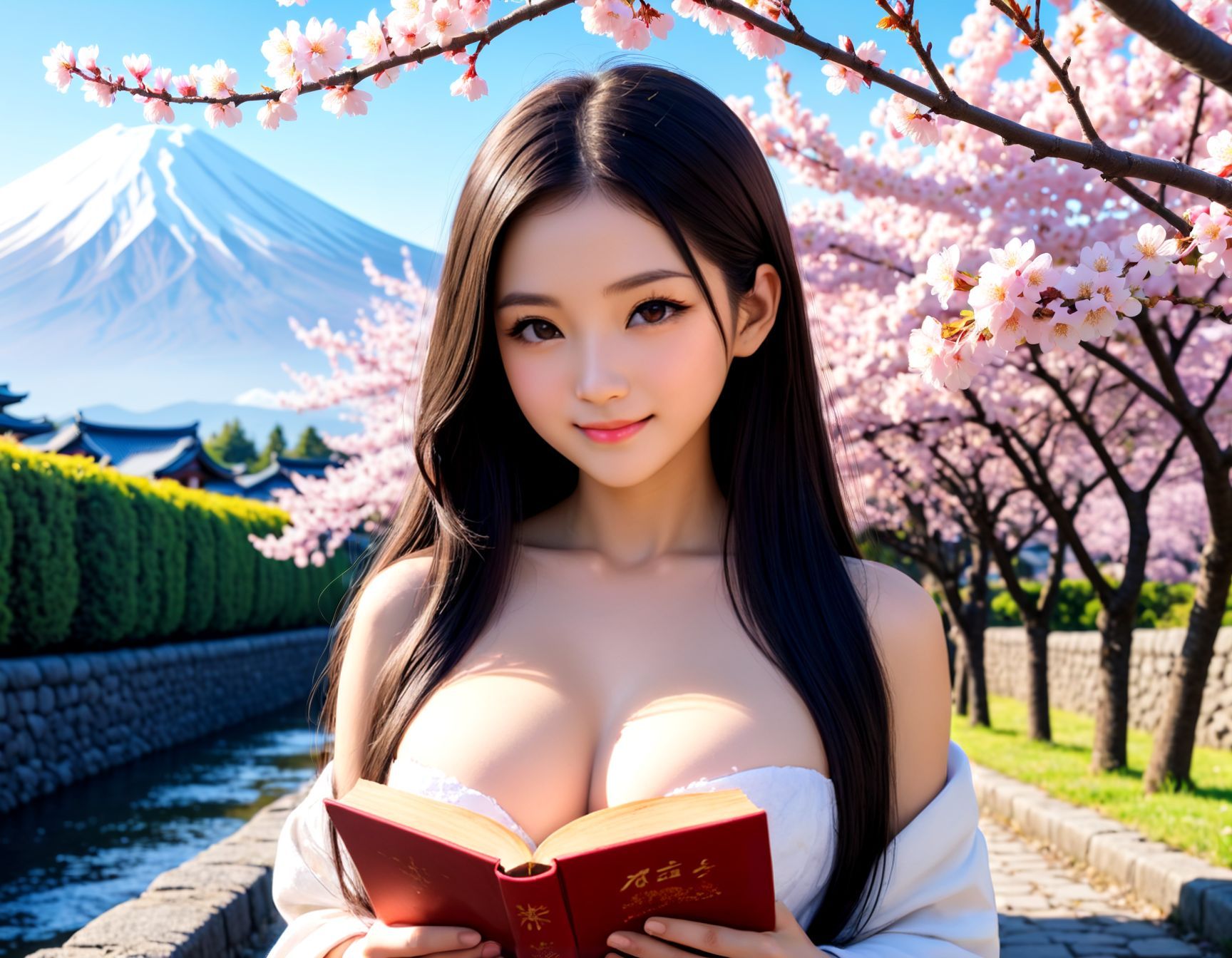The Book of Song
The “Book of Song” is the official history of the Song Dynasty (420-479) of Southern China, and is an important historical book that records the events of the Southern Song Dynasty.

Biography of Wakoku
The “Biography of Wakoku” is included in the article on the Eastern barbarians in the “Biography of Barbarians” in Book 97 of the Song Shu.
This Biography of Wakoku describes in detail the five kings of Wa (the Five Kings of Wakoku) who paid tribute to the Southern Court of China in the 5th century.
The descriptions about Japan (called “Wakoku” at that time) are mainly concentrated in the “Biography of Wakoku,” but they are also found in other parts of the book.

Contents
Geography: The location, climate, customs, and products of Japan are described, for example, that the country is located in the great sea southeast of “Taiho-gun” and that it is divided into mountainous islands.
Politics: Five kings and their political system Wakoku had kings from generation to generation. Particularly noteworthy is the description of the five kings of Japan (San, Chin, Sei, Ko, and Bu), who had close diplomatic relations with the Southern Court of China in the first half of the 5th century.
Diplomacy: The diplomatic relations between Japan and the Song dynasty are recorded in detail as the Five Kings of Japan paid tribute to the Song dynasty and received various titles.
Culture: The book describes the customs of the people of Japan, such as tattooing and walking barefoot, as well as their religion, literature, and art.

Importance of “Biography of Wakoku
The “Biography of Wakoku” provides the following valuable information about Japan in the first half of the 5th century.
That Wakoku existed as a unified nation
That Wakoku interacted with the countries of the Korean peninsula
That Japan had diplomatic relations with mainland China
The political system and social structure of Japan
Culture and lifestyle in Japan
The “Biography of Wakoku” is an extremely important historical document for understanding the diplomatic relations between Japan (Wakoku) and China in the 5th century, and provides valuable information for understanding the international status of Wakoku and its foreign policy at that time.
About the Five Kings of Japan
The Song Shu (Book of Song) describes the tribute paid by the Five Kings of Japan (San, Chin, Sei, Ko, and Bu) to the Southern Court of China from the beginning of the 5th century to about the 1st century.

San 讃
He was the first king to send an envoy to the Song dynasty in 421 and the first to pay tribute.
It is believed that he was given the title of “Anton Shogun, King of Wakoku” by the Song Dynasty.
He is often compared to Emperor Richu in the Nihon Shoki (Chronicles of Japan).
Some have compared him to either the 15th Emperor Ojin, the 16th Emperor Nintoku, or the 17th Emperor Richu.
Chin 珍
In 438, he sent an envoy to the Song dynasty (Sung dynasty) and received the title of Anton Shogun.
He is sometimes compared to Emperor Nintoku or Emperor Hanzei.
Sei 済
In 451, he sent an envoy to the Sung Dynasty and was granted military control over Wa, Shiragi, Mmana, Kara, Shinkan, and Bokan.
He is often compared to Emperor Ingyo.
He is considered the father of Ko and Bu.

Kou 興
Envoy to the Song Dynasty in 462, often compared to Emperor Anko.
He is considered to be the son of Sei and brother of Bu.
Bu 武
He sent an envoy to the Song dynasty in 478 and is the most famous king.
He pacified the surrounding small kingdoms for the Sung dynasty.
He is often compared to Emperor Yuryaku.
He is the younger brother of Ko, and is considered to be Wakatakeru the Great.

Purpose of the Five Kings of Wa
To ingest advanced Chinese civilization: They sought to develop the country by incorporating technology and culture from China.
Stabilize domestic rule: By borrowing the prestige of the Chinese emperor, they subdued the local powerful clans and strengthened their control over the country.
Maintaining influence on the Korean peninsula: By securing military control of the southern Korean peninsula, he sought recognition from China to counter Kokuri’s southward expansion.
Conclusion
The descriptions of Japan in the Song Shu are very important historical documents for understanding the relationship between Japan and China in the 5th century.
In particular, they provide clues to the diplomatic activities of the Five Kings of Japan and the international status of Japan at that time.
They also contain information on Japanese culture and customs of the time as seen from the Chinese side, and have been studied in conjunction with archaeological discoveries.
In recent years, advances in archaeology and bibliography have made it possible to gain a deeper understanding of the contents of the “Biographies of the Five Kings of Japan”.
However, when interpreting these descriptions, it is necessary to take into account that they were written from the Chinese point of view and the political situation of the time.
In addition, some of the statements may contain exaggerations or misunderstandings, and should be carefully examined in light of other historical sources and archaeological evidence.

NB.
This text is based on asking the AI; the AI’s answers may not always be correct. Important information should be checked.
#Asked AI #AI Illustration


